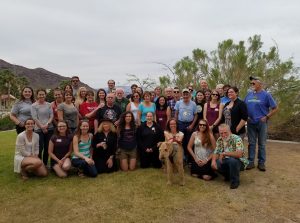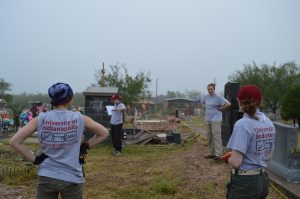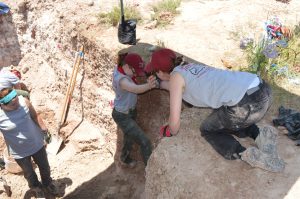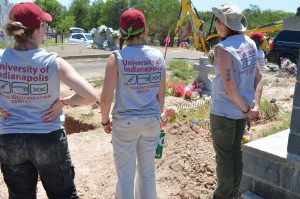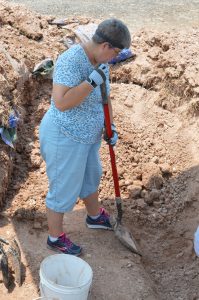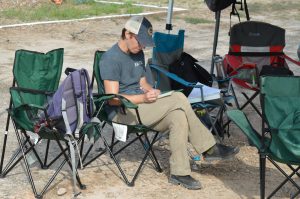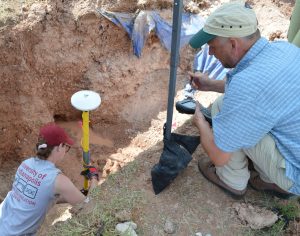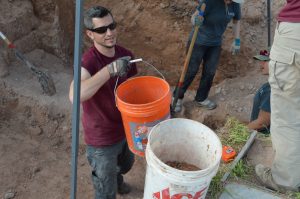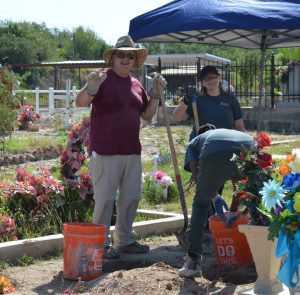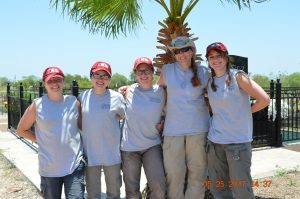In just over a week (as I write this), I will be returning to South Texas with the UIndy team for my third humanitarian trip. It’s a crazy time of the year for me with lots of change; I recently started a new job, I will be leaving the job I have worked at for the entire time I have lived in Indianapolis, and I will be graduating from UIndy on Saturday! Amidst all this hectic and drastic change, I am also preparing myself for this upcoming trip to Texas. And once again, I find myself completely unsure of what to expect.
This trip is going to be completely unique from my previous two experiences in South Texas. Instead of our focus being on lab- or fieldwork (or both), we will be concentrating our efforts on a more holistic helping-hands approach, assisting the South Texas Human Rights center with any tasks that may arise. One of our main goals is to help build water stations for migrants crossing the harsh terrain of the Texas desert. This goal brings a whole new aspect to our work: helping the living. I have previously had a small taste of this when we spent a day volunteering at the respite center in McAllen in January 2017, but this time, a significant portion of our time will be spent helping those who are still attempting to cross the desert. I am not sure what to expect about the physical and emotional demands of this kind of work, but if my previous experiences tell me anything, it’s that our UIndy team will be able to handle anything that comes our way.
Another new aspect of this trip is the team itself. Haley and I (and, of course, Dr. Latham) are the only returning team members who have been to South Texas with UIndy. This time, we will have two “rookies,” as we always call them, Rachel and Angela. I am excited to be there to observe as they experience their first humanitarian trip with Beyond Borders and to see how their experiences differ from my own first experience in South Texas back in January 2017, especially as the goals of this trip will differ so greatly. I am also very excited that we will be returning to Brooks County, as I feel that this is “where it all began,” not only for me, but for the entire Beyond Borders project. It will be a really great experience to share Brooks County and the town of Falfurrias with our rookies!!
I am not sure what to expect on this upcoming trip, not only because our goals are so different this time, but also because I know better. As always, I will be expecting the unexpected. No matter how much planning I do, there is no way to predict what we will experience. One thing I do know, is that the experiences that this trip provides will be the perfect way to round out all of my experiences with the Beyond Borders team in South Texas and I couldn’t be more ready.
